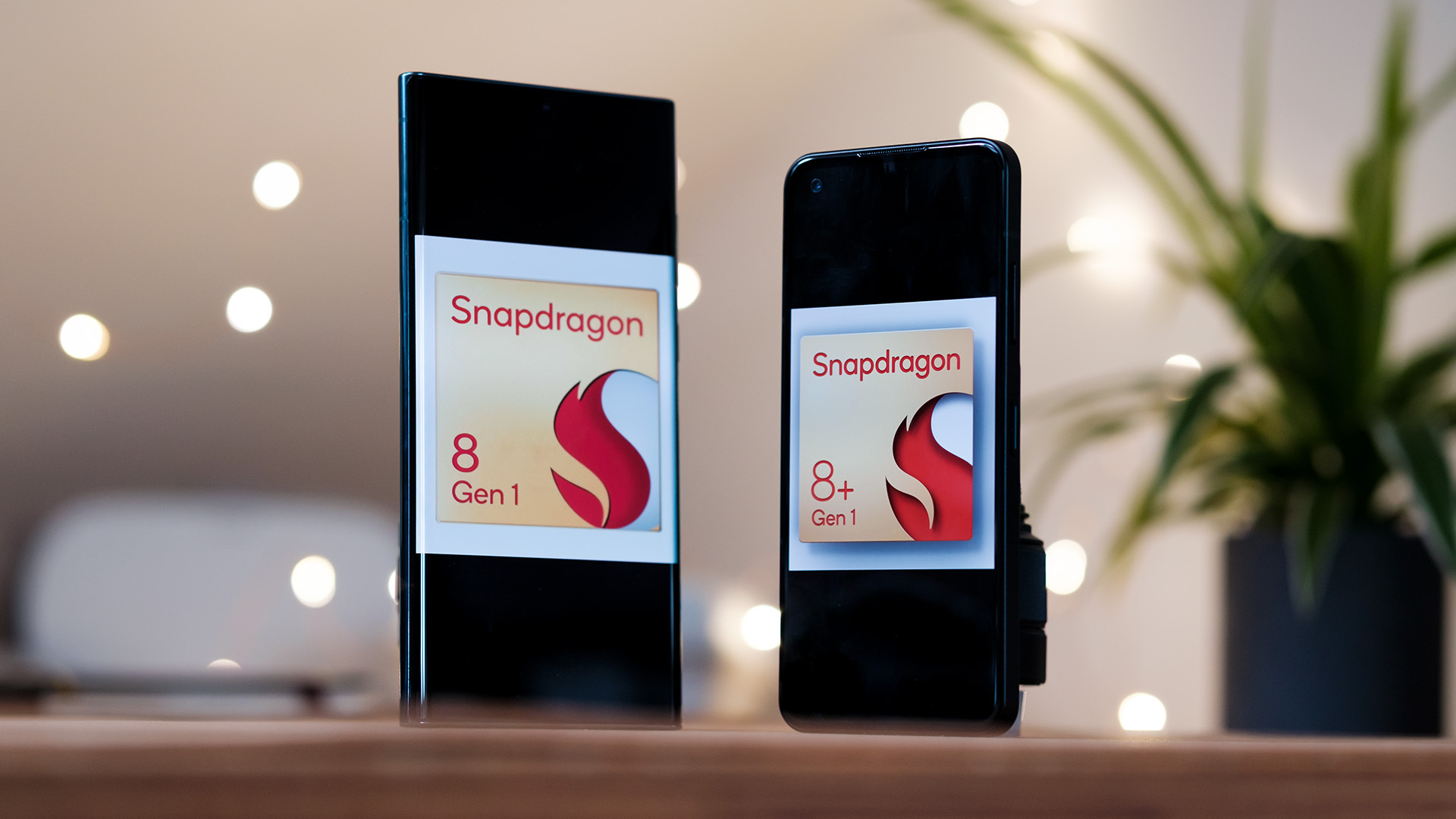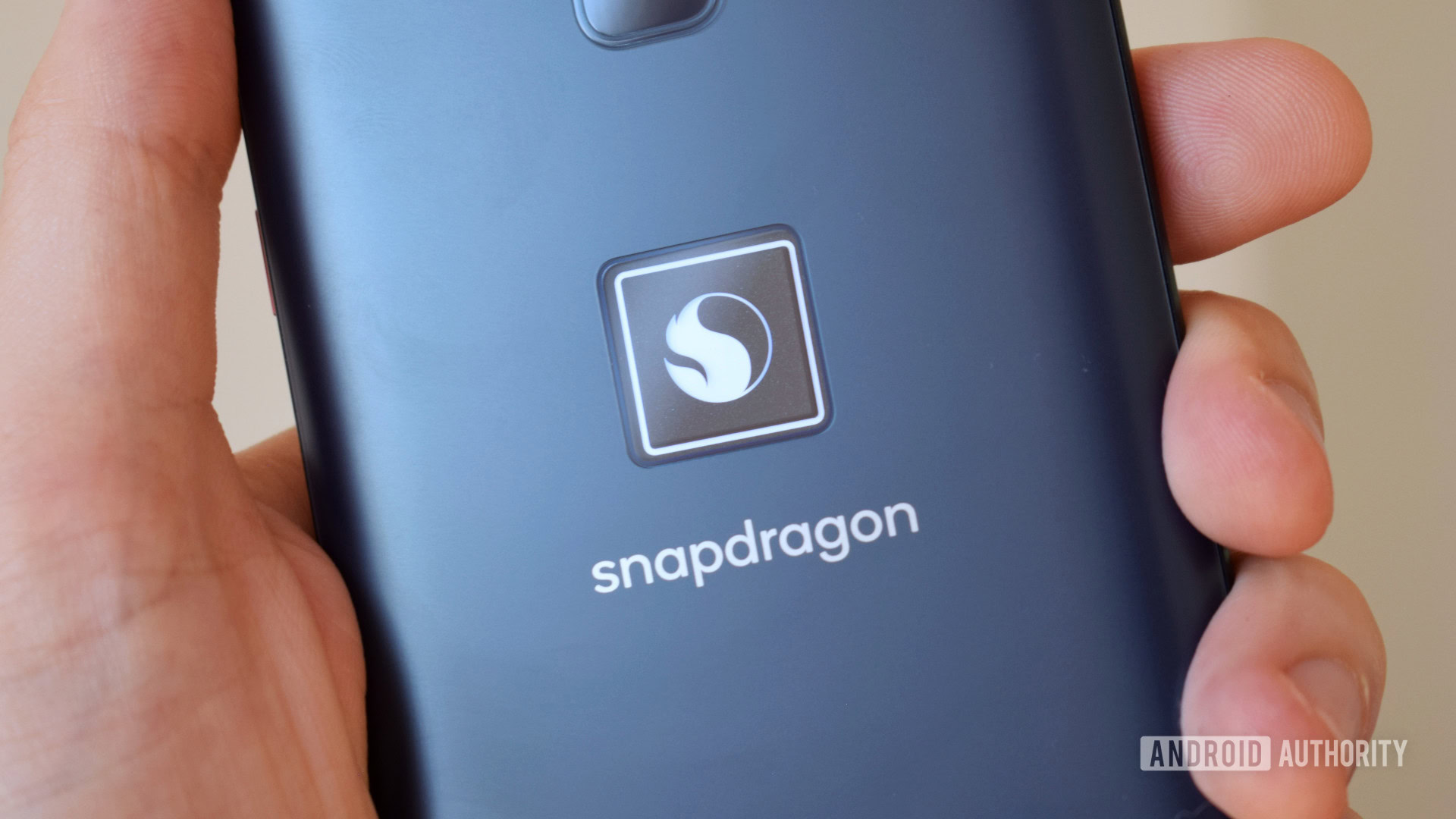Affiliate links on Android Authority may earn us a commission. Learn more.
Should you buy a Snapdragon 8 Plus Gen 1 phone?

Performance enthusiasts have been quite disappointed (rightly so) by 2022’s best flagship smartphones. High-end handsets powered by premium silicon from Samsung and Qualcomm ran hot, resulting in problems ranging from overly warm devices to throttling and poor sustained gaming performance. The common thread is that affected chipsets have been manufactured on Samsung Semiconductor’s 4nm node.
Qualcomm’s Snapdragon 8 Gen 1 was built on Samsung’s 4nm node, but its Snapdragon 8 Plus Gen 1 refresh is manufactured on TSMC’s 4nm rival. Although mid-year chip refreshes are now the norm, moving manufacturer mid-cycle is a first, leading us to suspect Qualcomm wasn’t impressed with the state of its Samsung-produced chip. We know we certainly haven’t been. Snapdragon 8 Gen 1 benchmark scores have, by and large, come closer to last year’s Snapdragon 888, struggling with excess heat and sustained performance under more rigorous testing.
With Snapdragon 8 Plus Gen 1 handsets on the market for some time, complete with 10% clock speed improvements and up to 30% efficiency gains, we’ve had the opportunity to test a handful of them to help draw some conclusions about the state of 4nm manufacturing. Let’s dive right into some graphs to highlight the key differences.
Snapdragon 8 Plus Gen 1 vs 8 Gen 1 benchmarks
Our first taste of the improved performance of the Snapdragon 8 Plus Gen 1 came with our ASUS Zenfone 9 review and time with the gaming-oriented ROG Phone 6. Both out-performed the Snapdragon 8 Gen 1 handsets we tested earlier in the year. In terms of benchmarks, the Plus variant’s results are much more in line with what we initially expected following the 8 Gen 1’s announcement last year. The superior cooling in the ROG Phone 6 finally offered sustained gaming performance that consumers would expect from a top-tier chip.
Even so, the graph above shows there’s still some hesitation in letting the new chip run flat out, just like there was with the original 8 Gen 1. ASUS’ “Dynamic” performance mode is conservative on clock speeds in mixed workload tests, as we discovered in our ROG Phone 6 review. Of course, there’s nothing wrong with optimizing for battery longevity, but it highlights a growing gap between peak performance and what consumers should expect on a day-to-day basis.
8 Plus Gen 1 phones perform better in benchmarks, but mostly with performance modes enabled.
The OnePlus 10T showcases the same trend, with the chip’s maximum performance only available through performance mode. Out of the box, we’re looking at more conservative results, particularly in longer workloads from PCMark’s test. Still, there’s a much bigger uplift potential than the OnePlus 10 Pro, which doesn’t move the needle as far with performance mode engaged, highlighting the chip’s eagerness to throttle. In other words, the Snapdragon 8 Plus Gen 1 reaches a higher peak performance level than the 10% clock speed boost suggests on its own, but the phones we’ve tested are still keeping this maximum performance in check unless specifically requested. The exception is the 3DMark graphics test, which sees the same scores with performance modes on and off (hence why we haven’t included two sets of results).
Overall, snapshot benchmarks show that Qualcomm’s Snapdragon 8 Plus Gen 1 finally reaches its full potential, but that potential still chugs down more battery than many manufacturers seem willing to allow.
If you’re curious how the Snapdragon 8 Gen 1 series stacks up against the new Snapdragon 8 Gen 2, we also have results from Qualcomm’s reference units for a like-for-like comparison below. The new chip performs better, but last generation’s Plus model isn’t far behind.
Snapdragon 8 Plus Gen 1 vs 8 Gen 1 stress test
This is already quite interesting, but without a more apples-to-apples handset comparison, it’s not crystal clear how much of these performance differences come down to the chip or the handset manufacturer’s implementation. Fortunately, we’ve grabbed the latest OnePlus 10T and the OnePlus 10 Pro and run them through 3DMark’s Wildlife Stress Test in both regular and Unlimited modes.
By picking two flagship phones from the same manufacturer, we’re limiting the prospect of different performance targets as a factor but still seeing the perspective of real devices. Meanwhile, the offscreen Unlimited test removes what’s left of resolution scaling and other factors to compare system on a chip (SoC) to SoC. We’re not using performance mode here, as we want to see how the chips perform within sensible thermal limits rather than with flat-out no regard for temperature or power. Here we go:
The results above speak for themselves — the Snapdragon 8 Plus Gen 1 handset can run at a higher performance level for longer than the original variant, regardless of which version of the test we look at.
The standard stress test shows the worst-case scenario, OnePlus’ 10T sees performance dip to just 91% of its maximum over 20 test runs, while the 10 Pro flops to 62% of its peak potential. Furthermore, the latter barely survives three runs (about three minutes) before throttling back performance, spending the majority of the test running in a throttled state. Equally noteworthy are the handset’s temperatures. Both models maxed out at virtually the same temperature, 45°C for the OnePlus 10T (8 Plus Gen 1) and 44°C for the OnePlus 10 Pro (8 Gen 1). So both chips can still run hot, but there’s clearly less clock and power throttling required to keep the Plus model within its temperature constraints.
The 8 Plus Gen 1 version is finally able to sustain peak performance.
The Snapdragon 8 Gen 1 performs better for longer in the offscreen test but eventually suffers a similar performance deficit. Meanwhile, the Plus model in the 10T survives with 95% of its best score by the end of the test. Other handsets we’ve tested conform to the trend of the Plus variant, out-sustaining the original chip. Even the ultra-compact ASUS Zenfone 9 hands in marginally better-sustained performance than the much larger and presumably better heat-dissipating Samsung Galaxy S22 Ultra and Sony Xperia 1 IV. Both of which fall flat after just a few minutes of testing.
Should you buy a Snapdragon 8 Plus Gen 1 phone?

The conclusion is clear then: the Qualcomm Snapdragon 8 Plus Gen 1 is the notably superior chip of the two. Look past the clock speed increases; the touted efficiency gains from moving over to TSMC’s 4nm process free the chip to run at the potential Qualcomm promised us back in December 2021. That said, smartphones powered by the newer Snapdragon 8 Gen 2 provide even better performance and are worth looking for additional improvements.
This leaves Samsung Semiconductor with some serious thinking to do, having lost one of its biggest customers to its biggest rival. Based on the evidence here and elsewhere, it seems virtually irrefutable that 4nm (at least the initial version) has proven to be a bit of a disaster for Samsung. It’s unfortunate that it took until mid-way through the generating to confirm what we have suspected for months. The good news is that the 8 Plus Gen 1 exists and powers a selection of great handsets. Time will tell if Samsung can recover in time for the 3nm chipsets expected in 2023.
Performance enthusiasts will undoubtedly prefer the 8 Plus Gen 1 over the original. But there's an 8 Gen 2 now to consider too.
So, should you buy a Snapdragon 8 Plus Gen 1 phone over one sporting the non-Plus silicon? That obviously depends on what you need from the rest of the package. It would be wrong of us to say that phones already sporting the Snapdragon 8 Gen 1 are outright bad or poor-performing; that certainly isn’t true. These handsets are more than well-equipped for day-to-day tasks, and most will handle moderate gaming sessions just fine as well.
However, if you’re after the best chip for peak burst and sustainable performance, better battery life, and a cooler handset, there’s no question that the 8 Plus Gen 1 does a better job than its predecessor. When it comes to extreme gaming, the 8 Plus Gen 1 is a good choice, and you can often find these year-old phones a little cheaper now too. However, the newer Snapdragon 8 Gen 2 levels up performance even further, and phones powered by the Snapdragon 8 Gen 3 and Tensor G3 aren’t far away either.